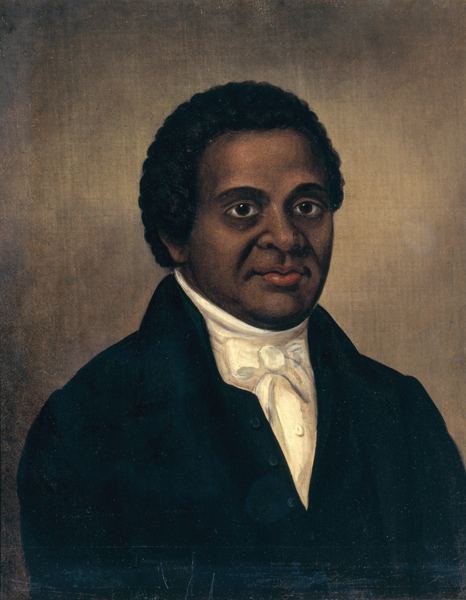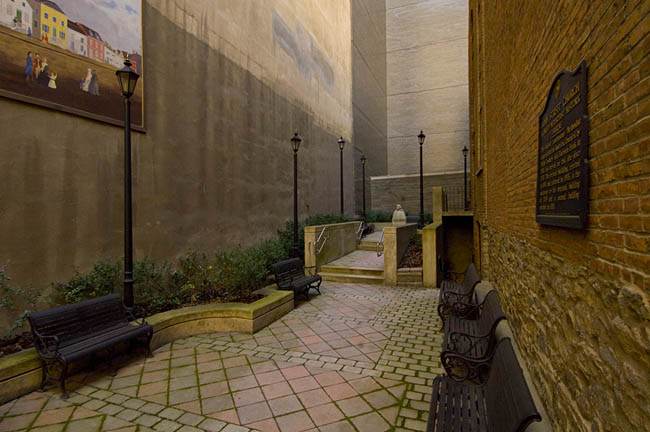At the opening of the John Street Methodist Church, the priest addressed "those in the gallery," welcoming the African Americans. The segregated black worshipers could cook the food, clean the homes, and care for the children of the white worshipers, but they could not pray together with them. In other churches, the segregation was far worse. Some churches had “hidden galleries,” small closed rooms out of sight. Other churches had “negro pews” in corners or over stairways. Black parishioners could not vote or preach, but they could offer their services in the form of labor.
At the John Street Church, African Peter Williams was a sexton. He probably dug the graves, swept the church, and kept up the grounds. James Varick was a deacon, a church officer who probably helped the priest give communion to the black worshipers—only after the whites had received communion.
Williams and Varick had attended the church since it was founded in 1766. This was a time of change. During the Revolution, British soldiers occupied the city. After that, General George Washington came to reclaim the city and the slaves that had fled to the British there. But the church’s practice of segregation remained the same. Williams, Varick, and other black worshipers began to hold separate meetings. Then the group decided to form a separate church. In October of 1800, the African Methodist Episcopal Church at the corner of Church and Leonard Streets was dedicated. It would become an enduring place of worship and struggle.

